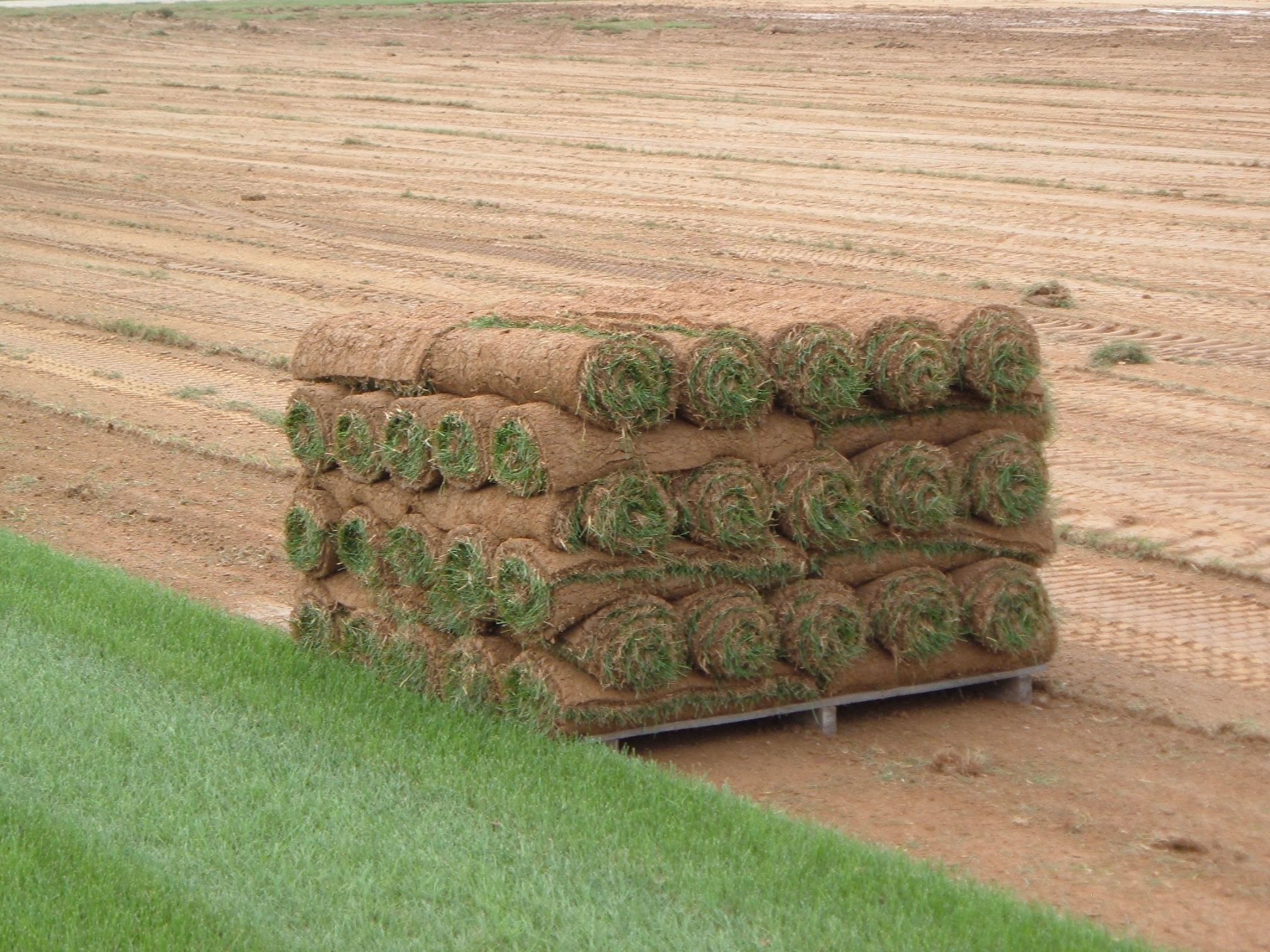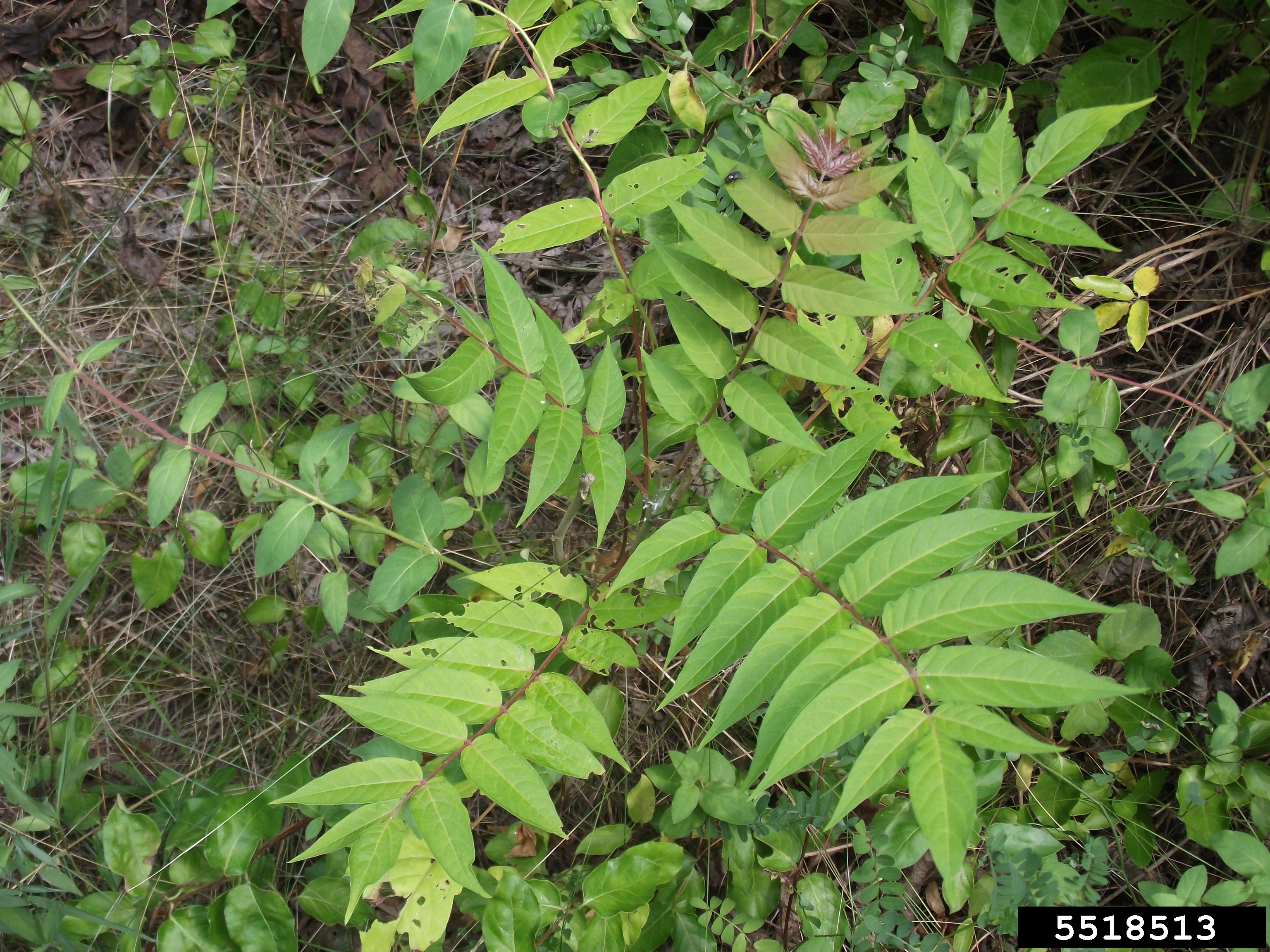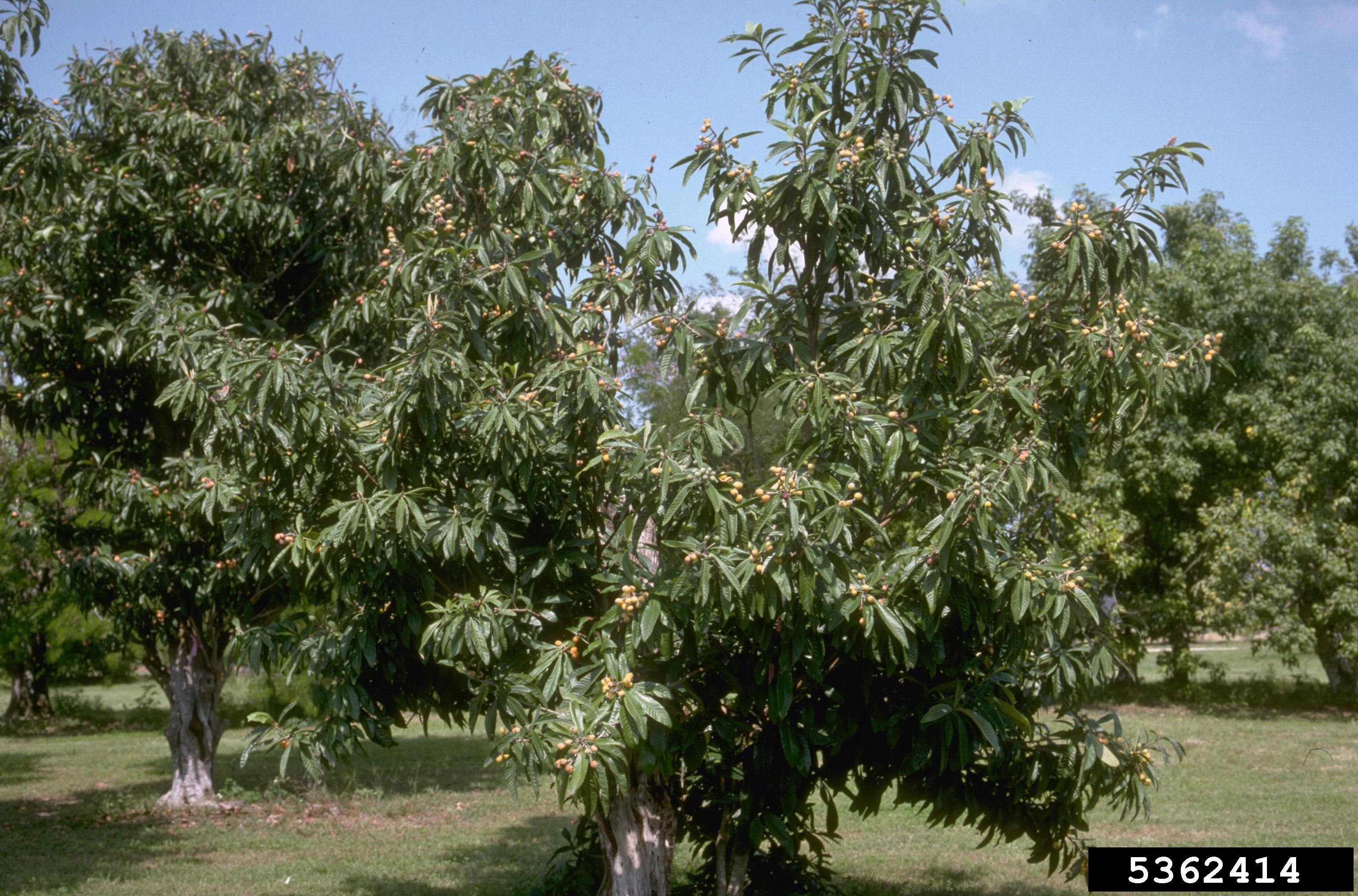Sod Solutions, Tree of Heaven and Fireblight Problems
go.ncsu.edu/readext?801110
en Español / em Português
El inglés es el idioma de control de esta página. En la medida en que haya algún conflicto entre la traducción al inglés y la traducción, el inglés prevalece.
Al hacer clic en el enlace de traducción se activa un servicio de traducción gratuito para convertir la página al español. Al igual que con cualquier traducción por Internet, la conversión no es sensible al contexto y puede que no traduzca el texto en su significado original. NC State Extension no garantiza la exactitud del texto traducido. Por favor, tenga en cuenta que algunas aplicaciones y/o servicios pueden no funcionar como se espera cuando se traducen.
Português
Inglês é o idioma de controle desta página. Na medida que haja algum conflito entre o texto original em Inglês e a tradução, o Inglês prevalece.
Ao clicar no link de tradução, um serviço gratuito de tradução será ativado para converter a página para o Português. Como em qualquer tradução pela internet, a conversão não é sensivel ao contexto e pode não ocorrer a tradução para o significado orginal. O serviço de Extensão da Carolina do Norte (NC State Extension) não garante a exatidão do texto traduzido. Por favor, observe que algumas funções ou serviços podem não funcionar como esperado após a tradução.
English
English is the controlling language of this page. To the extent there is any conflict between the English text and the translation, English controls.
Clicking on the translation link activates a free translation service to convert the page to Spanish. As with any Internet translation, the conversion is not context-sensitive and may not translate the text to its original meaning. NC State Extension does not guarantee the accuracy of the translated text. Please note that some applications and/or services may not function as expected when translated.
Collapse ▲Some excellent questions came into the N.C. Cooperative Extension, Caldwell County Center this week, and I’d like to share three of them with you. I hope you find these questions and their answers helpful. If you have a specific question not answered here, please contact the N.C. Cooperative Extension, Caldwell County Center.
Q: Our yard looks bad. How much would it cost just to get sod?
A: Sod can be a good option, but it is expensive compared to seeding a lawn. Sod will be a quicker way to establish a lawn, but it comes at a price. Also, both sodding and seeding of tall fescue should be done in the fall of the year for best chances of success.
The average cost of tall fescue sod in North Carolina is $0.36 per square foot. The average cost for delivery adds another $0.07 per square foot, making the total $0.43 per square foot for the sod delivered. Once delivered, it has to be installed. This is an additional expense if not done by the homeowner. Typically, installing sod on an average-sized lawn is beyond the ability of the homeowner. Installation costs can be highly variable and depend somewhat on the challenges of the location. However, I have seen prices range from $0.60 to $1.20 per square foot for installation.
A typical home in Caldwell County has a front yard that is about 8,000 square feet in size. To purchase this amount of sod will cost about $3,440. Installation would be an additional $4,800 to $9,600. This same front lawn can be successfully seeded with 50 pounds of tall fescue seed. Improved varieties of turf type tall fescue, such as 4th Millennium, are about $130 for 50 pounds.

A pallet of sod ready for shipment. Most pallet sizes are commonly sold in ranges between 400, 450, or 500 sq. ft. in size. (Credit: Max Wahrhaftig)
Without even considering the labor, the cost of seed is only 4% of the cost of sod. Certainly, sod is quicker, but it comes at a significant price. To learn more about lawn renovation in North Carolina, visit the TurfFiles website or contact the N.C. Cooperative Extension, Caldwell County Center directly.
Q: What is this weed and how do I control it?

Tree-of-heaven is an invasive weedy tree. The leaves have a strong peanut butter smell when crushed. (Credit: Richard Gardner, Bugwood)
A: These weeds are tree-of-heaven seedlings. Tree-of-heaven is an invasive weedy tree from China. When crushed, the leaves have a strong odor resembling peanut butter. This tree is a prolific seed producer. It produces wing-shaped seeds (similar to maple seeds) from July to February.
Tree-of-heaven seedlings can be controlled with the use of a non-selective herbicide like glyphosate, sold under the trade name RoundUp, as well as many other names. You can also hand pull the seedlings. It is easier to pull them after a rain when the ground is soft. When hand pulling, be sure you are getting the entire root. Root fragments can re-sprout to grow into a new plant.
When using herbicides, remember to follow label recommendations.
Q: Fire blight killed a loquat. Can trees other than those in the rose family be planted near that spot and does the bacterium persist in the soil?
A: Fire blight is caused by the bacterium Erwinia amylovora. You don’t need to worry about fire blight persisting in the soil. This bacteria persists only on plant tissue.
The bacteria overwinters in the margins of cankers formed on fire blight infected branches, trunks, or shoots during the previous season. Warm weather (~65°F) and precipitation during the spring will cause the pathogen to rapidly multiply within cankers and subsequently exude onto the tree bark (“bacterial ooze”), which will provide inoculum for infections during the current growing season. The bacterial ooze is dispersed to open blossoms by insects, rain, and wind.

The loquat is a tropical evergreen shrub or tree. The plant usually does not fruit in NC due to its cold sensitivity. The tree itself can survive in temps down to about 10 degrees F. (Credit: Howard F. Schwartz, Colorado State University, Bugwood)
There are 75 species of plants in the rose family that are potentially susceptible to the fire blight bacteria. Plants outside the rose family are resistant to fire blight.
It should be noted that loquat are only hardy to USDA hardiness zone 8b. Loquat can only withstand temperatures down to about 10 degrees Fahrenheit. Colder temperatures will kill them. It is possible that cold weather rather than fire blight killed the loquat.
Any mention of trade, products, or firm names is for descriptive purposes only and does not imply endorsement by North Carolina State University. For answers to your agriculture questions, call the N.C. Cooperative Extension, Caldwell County Center at 828-757-1290 or visit us online any time.
— Seth Nagy is the Caldwell County Cooperative Extension director. The N.C. Cooperative Extension, Caldwell County Center, 120 Hospital Ave. NE, #1 in Lenoir, provides access to resources of N.C. State University and N.C. A&T State University through educational programs and publications.




